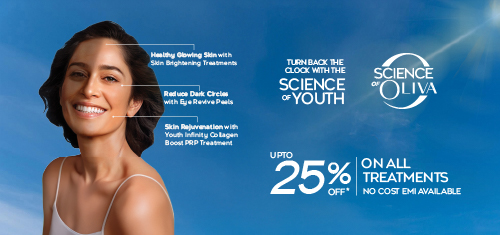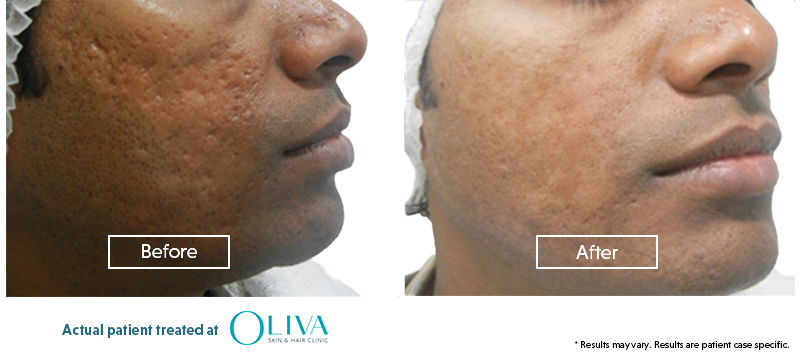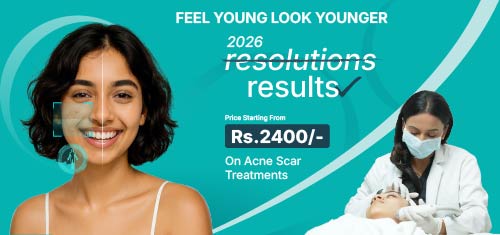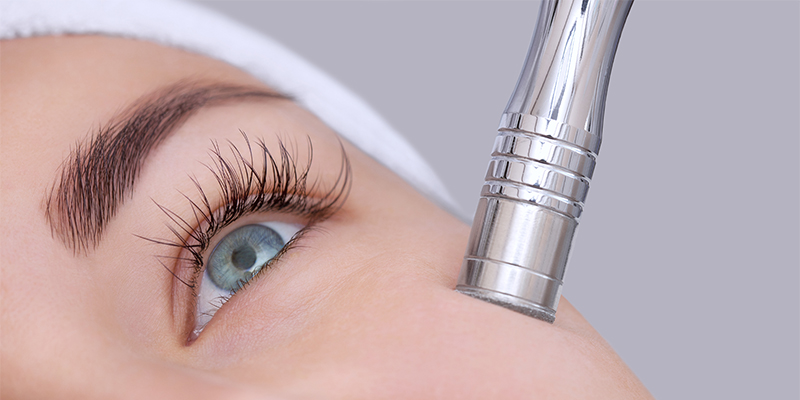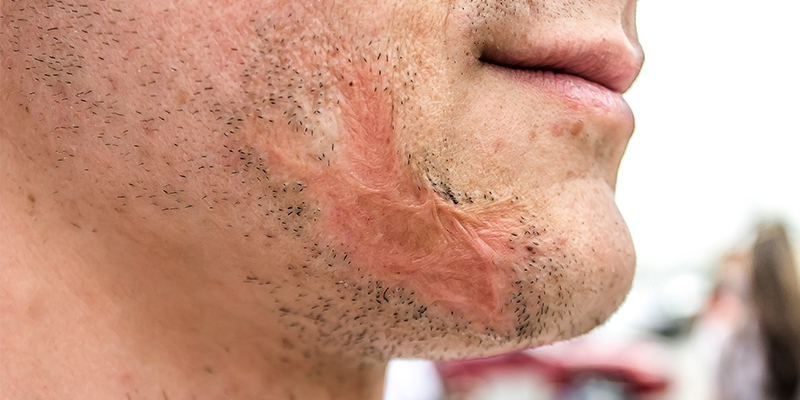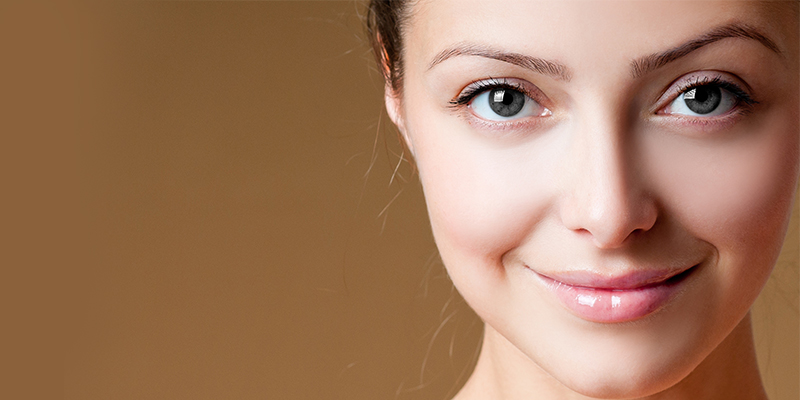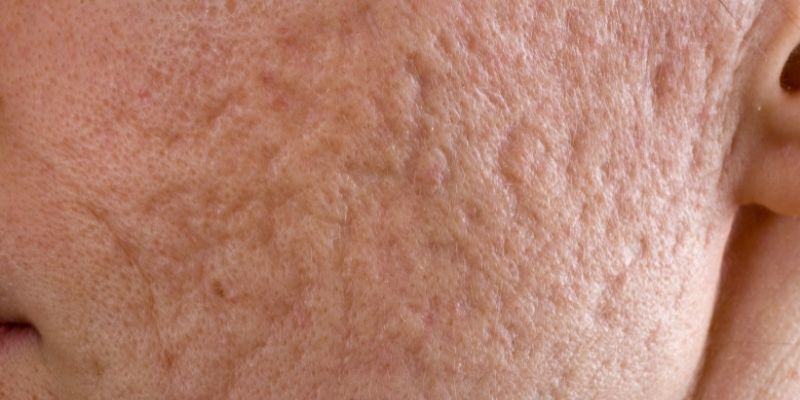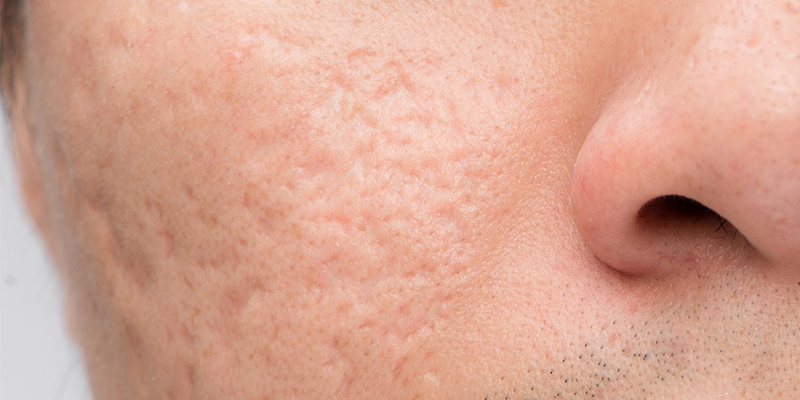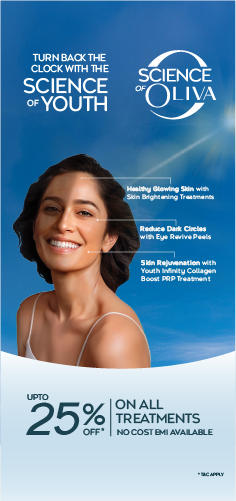Subcision Treatment For Acne Scars: Cost, Procedure & Results
Acne, a skin condition characterised by inflammation and clogged pores, significantly contributes to scarring. The inflammation associated with acne can extend into the deeper layers of the skin, forming scars. Stubborn scars refuse to budge without proper treatment particularly depressed scars, which sit below the skin’s surface and often become very noticeable with age. Subcision is an advanced acne scar treatment to treat such scars. It is an in-office procedure that is highly safe, takes less time, and ideally shows results from initial sessions. This article will dive into how subcision can treat acne scars, the cost and other crucial details.
In This Article
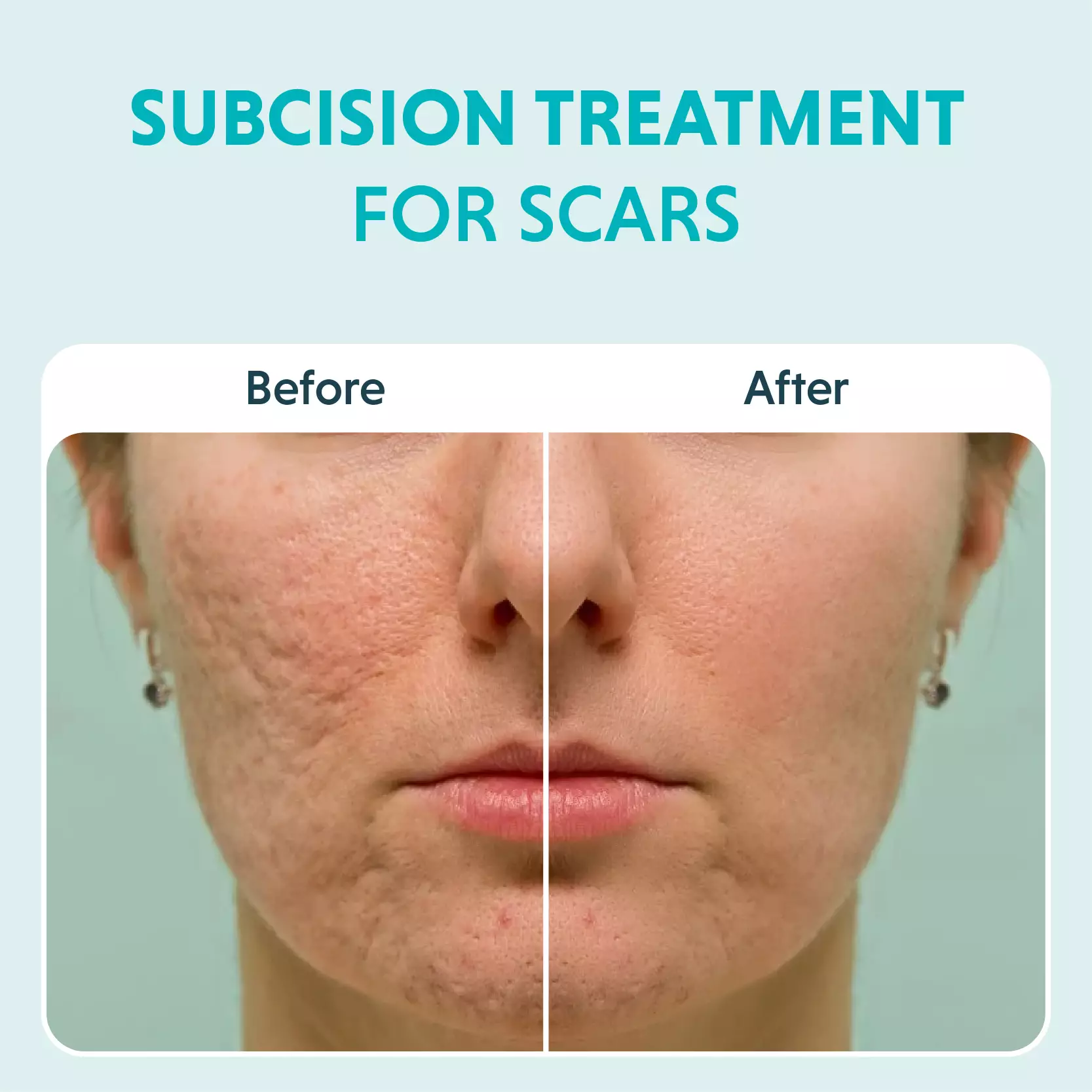
What Is A Subcision And How Does It Work?
Subcision, also known as subcutaneous incisionless surgery, is a minimally invasive procedure to treat depressed acne scars. The treatment involves inserting specialised needles into the skin to break the fibrous bands of the tissues that cause scarring. This process lifts the depressed scar and stimulates collagen production at the injected site, diminishing the appearance of scars. Subcision can treat acne scars caused by chicken pox, surgery, and old wounds and significantly minimise the appearance of rolling scars and ice pick scars. It is an affordable treatment with no downtime. Depending on the severity of acne scars, the dermatologist may further recommend laser treatment to reduce the appearance of acne scars.[1]
Is It Effective In Treating Acne Scars?
Subcision is a highly effective and safe treatment for various acne scars. It reduces the appearance of scars and triggers collagen production at the affected site, enhancing the skin texture. Dermatologists might suggest it alongside other acne scar treatments to achieve the desired results.[2] Let us look at the subcision treatment procedure.
Step-By-Step Procedure Of Subcision Treatment
Here are the steps involved in the procedure of a subcision treatment [3]:
-
Preparing for Subcision (Pre-Procedure):
The subcision treatment begins with a consultation with a skin specialist. During the consultation, the expert dermatologist will assess your condition, analyse your medical history, and recommend the number of sessions accordingly. They will inquire about any medications you are taking and may ask you to discontinue them temporarily to minimise the bleeding risks. Additionally, they’ll provide some pre-care instructions, like avoiding sun exposure a few days before the appointment. Moreover, they will help you understand the process and the results you can expect from the treatment.
-
The Subcision Procedure (During):
On the day of the treatment procedure, the doctor will apply a topical anaesthesia to numb the treatment area. Then, they insert a tiny needle beneath the scars to sever the fibrous bands. In exceptional cases, the doctor may inject dermal fillers after subcision to further elevate the depressed scar and improve volume loss. The procedure takes about 30-60 minutes, depending on the number and size of scars treated.
-
Subcision Aftercare (Post-Procedure):
Dermatologists provide post-care guidelines to optimise the results. After the treatment procedure, individuals can experience mild swelling and bruising for a few days. To reduce inflammation, the doctor may suggest applying cold compresses. There may be redness in the treated area for several days. To prevent hyperpigmentation, doctors may recommend continuing diligent sunscreen use. Individuals must avoid makeup for 24-48 hours after treatment. Besides, they should keep the treated area well-moisturised to promote healing. Dermatologists recommend scheduling follow-up appointments to monitor the progress.
Subcision Before And After
While the scars are usually more noticeable before a subcision, you will notice a visible change after the first session. With more sessions, you will see a significant scar reduction and skin texture improvement; overall, the skin texture will be more even and clear from scarring.
Benefits Of Subcision Treatment
Subcision treatment offers the following key benefits:
- Reduces the amount of scar tissue
- Promotes collagen production
- Improves overall skin texture and health
- Quick lunchtime procedure
- Minimally invasive treatment
- Works alongside other acne scar treatments to achieve expected results
- No downtime
- Affordable treatment for acne scars
- Shows results in a few sessions
- Offers enduring results
- No significant side effects
- Pain-free treatment
Treatments Combined With Subcision
A dermatologist might incorporate other treatments with subcision to achieve the best results. Some of these include:
- Topical Medications: The dermatologist often suggests prescription creams with subcision treatment to smoothen
- Microneedling: To treat mild to moderate scars, the dermatologist may recommend microneedling, which reduces the appearance of scars and enhances collagen production.[4]
- Dermabrasion: Dermatologists combine dermabrasion and subcision to treat shallow keloid and depressed scars.
- Laser treatment: A laser treatment after a subcision heals scarring and gives better results in less time.
- Chemical Peel Treatment: Chemical peels can help exfoliate the upper and damaged skin layer, revealing brighter skin.
What Is The Cost Of A Subcision Treatment?
The cost of subcision treatment in India ranges between INR 9,500 and INR 14,000 per session. The exact cost of a subcision treatment may vary for individuals, depending on factors like the severity of the scar, the size of the scarred tissue area, the treatment location, and the number of sessions required.
Risks and Side Effects Of A Subcision Treatment
Subcision is generally safe when performed by an expert dermatologist. If not performed correctly, it may lead to some side effects, including:
- Swelling and bruising at the surgical site
- Skin discolouration
- Persistent pain after the treatment
- Damage to the underlying blood vessels
- Formation of more scars
- Prolonged infection
Takeaway
Subcision for acne scars is an excellent and affordable treatment with dramatic results. However, it is essential to get it done at a reputed clinic and an experienced dermatologist. It is also necessary to follow the aftercare instructions to ensure no infection or pigmentation. Using sunscreen after the treatment and following a skincare routine, as recommended by your dermatologist, helps maintain the longevity of results.[5]
Do you want to know more about how this treatment benefits you? Book an appointment with our medical expert today at your nearest Oliva Clinic.
Frequently Asked Questions On Subcision Treatment
Anyone above 18 can opt for subcision treatment to reduce stubborn acne scars. However, it is not advisable for people with a blood clotting disorder.
You can resume your normal day-to-day activities right after the treatment, but the minor bruises may take around a week to heal.
Subcision gives long-lasting results. Make sure to take the recommended sessions to sustain the results.
The treatment involves applying local anaesthesia at the beginning of the treatment to prevent pain or discomfort.
If not performed correctly or by trusted dermatologists, it may lead to more scars.
When done incorrectly, there is a high possibility of getting haematoma from broken blood vessels, which can lead to keloid formation.



